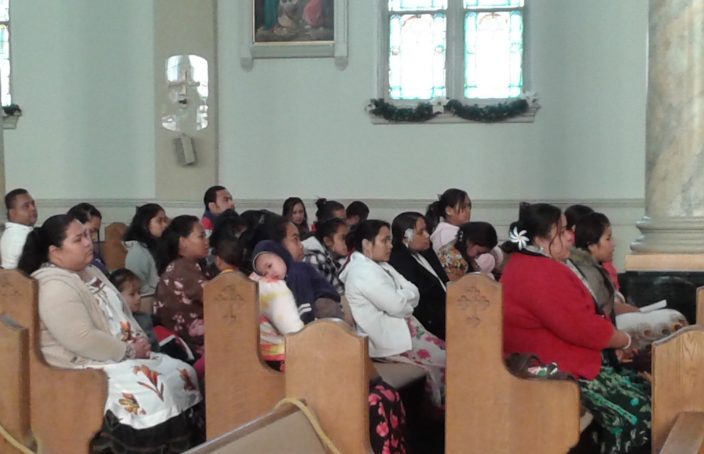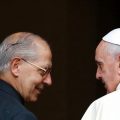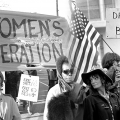So, Why Those Empty Pews?
Once upon a time all the Sunday services were filled—or at least so we imagine. Where did all those former worshipers go?
Let’s go back to the 1960’s when the drop-off in church attendance began. The ‘60s was a time of social revolution when people protested on all kinds of issues: Black rights, the Vietnam War, and free speech. By the end of that decade, however, the clamor was for the freedom of the individual person from social conventions and anything else that might confine it. “Give me the freedom I deserve to become whatever I wish. Let me be me!”
People in that era were shedding all kinds of social customs. Men no longer had to wear hats when they went out. Dinner was no longer the family formality it had once been. It was as if we had reached the point where we stopped deferring to custom. Just because we once felt obliged to act in a certain way didn’t mean that we had to keep doing so forever. Why not let the individual choose what kind of clothes to wear, what time he preferred to have dinner, and whether to attend church with the rest of his family or not?
Since the family and the small community were becoming weaker at the same time, social pressure was nowhere as strong as it had been years earlier. It was a perfect time for the young man to declare himself liberated. With the sudden drop in social influence, the young person might ask: “Why must I attend a religious service just because my parents and teachers want me to go?” Conformity may once have been a potent motive, but it simply didn’t count as much anymore. Those who had been taking a seat in the pews simply because they felt obliged because of community standards were free to give up their seat, or return only a couple times a year if they wished.
Then, too, the reasons for attending church services, or even remaining a member of the church itself, lost some of its urgency as Christians began to realize that there was hope for personal salvation outside the church after all. We had all paid lip service to the old dictum that maintained otherwise, but we had to stretch to reconcile this with our experience. We all knew good people who were not church-goers, people who were far more suited to wear a halo than we ourselves. We knew others who, because of some nasty dealings with church authorities could not bring themselves to commit to Christianity. Then there were all those who had never even heard of Jesus, much less experienced a summons to join his church. If these could be saved outside the church, why not me?
If there’s no return to the past as we knew it, then can the family be rebuilt in some way or other, even if it doesn’t retain all the features of the family we once knew? How might this be done? Not by expecting everyone to be a member of the church, but to be sure that those who become members take to heart the church’s mission. As the Second Vatican Council made clear, the church is not the ark of salvation, but a light on the hill. It can not be understood simply as the giant vessel carrying the elect to salvation as the flood waters rise over the rest of the world, but as a source of light to all to help them find their way through the waters, whether they are paddling a canoe or riding a tugboat.
It would be nice to see those pews filled again, but it wouldn’t be a tragedy if that didn’t happen. The church has to recognize itself not as a sheltered group, but as the force for evangelization that it was intended to be. Rooted in the past certainly, but not hiding there wrapped in yesterday’s trappings.
If this line of reasoning is correct, then a return to the good old days won’t bring back those church-goers. Latin masses, however majestic they were, won’t do the job. Besides, if the church is going to advance the kingdom of God, it’s going to have to speak to the people in a language they understand.






